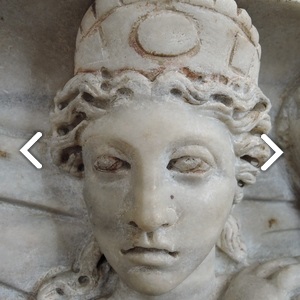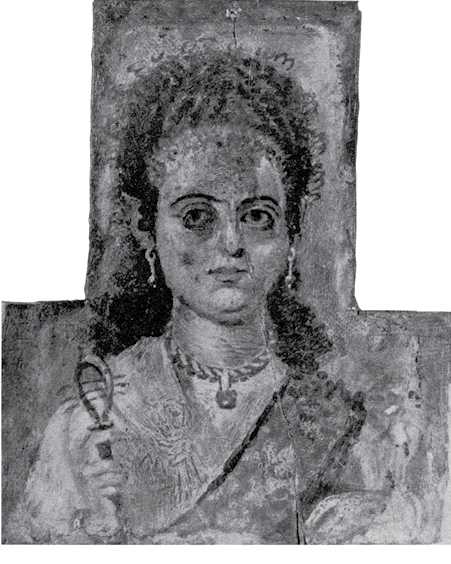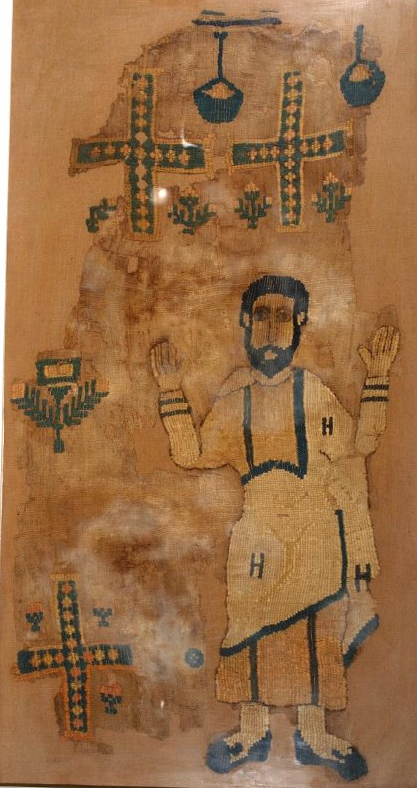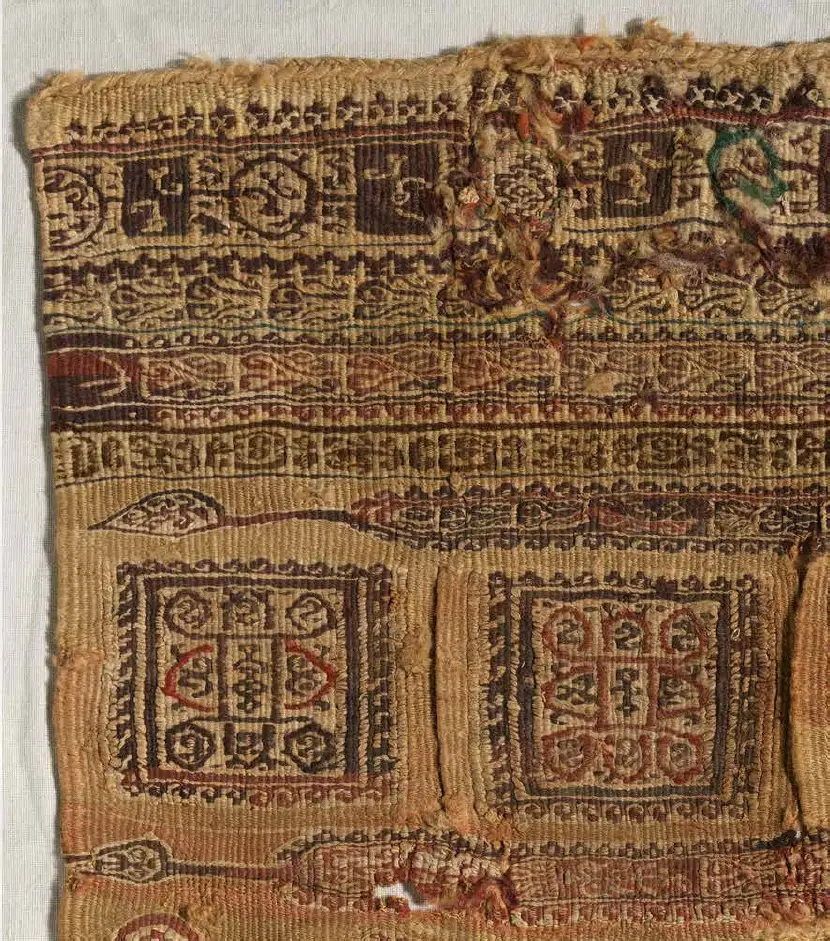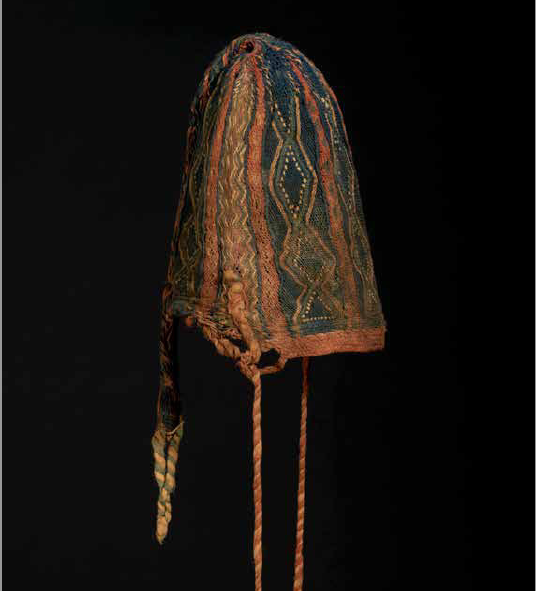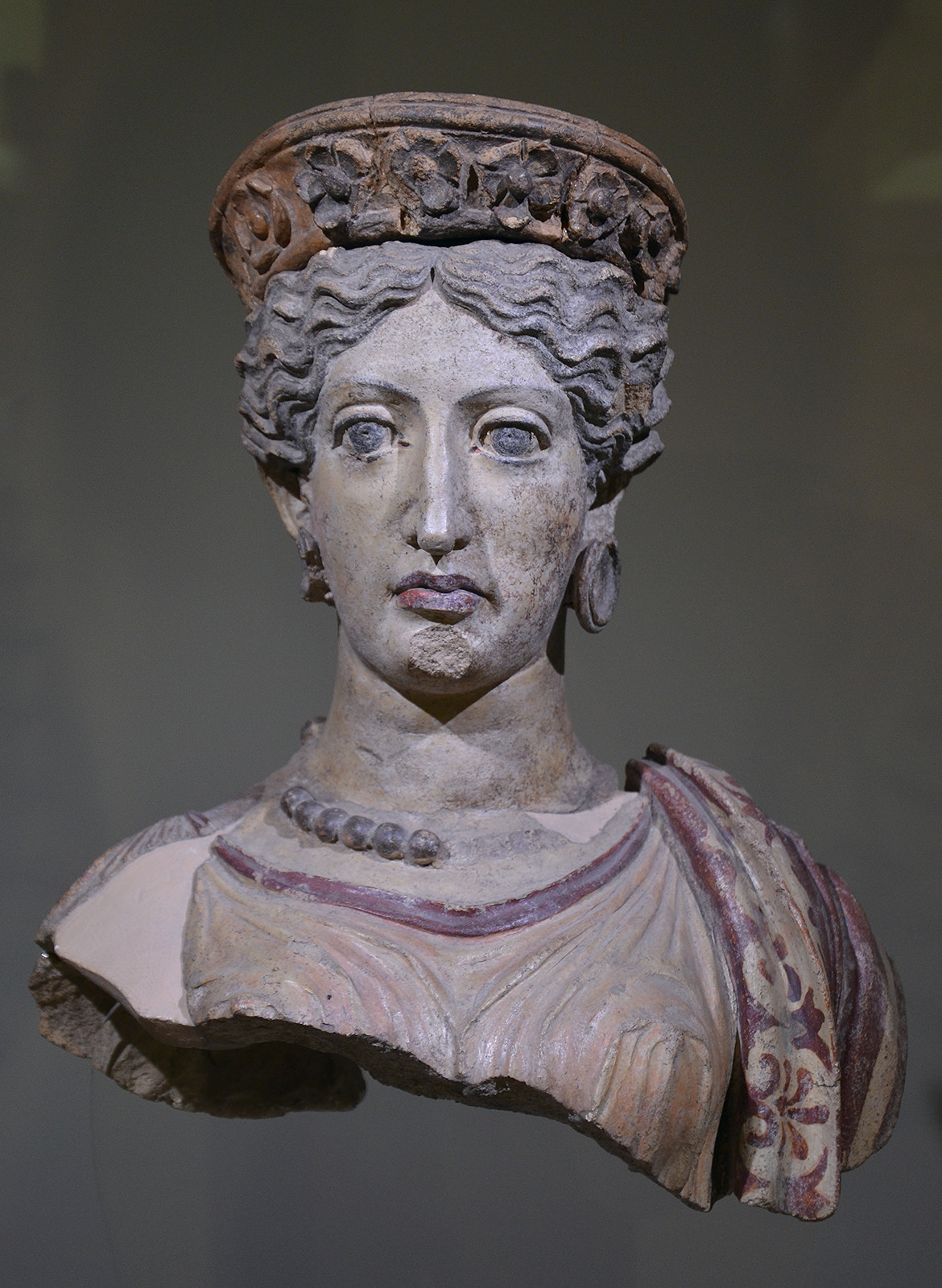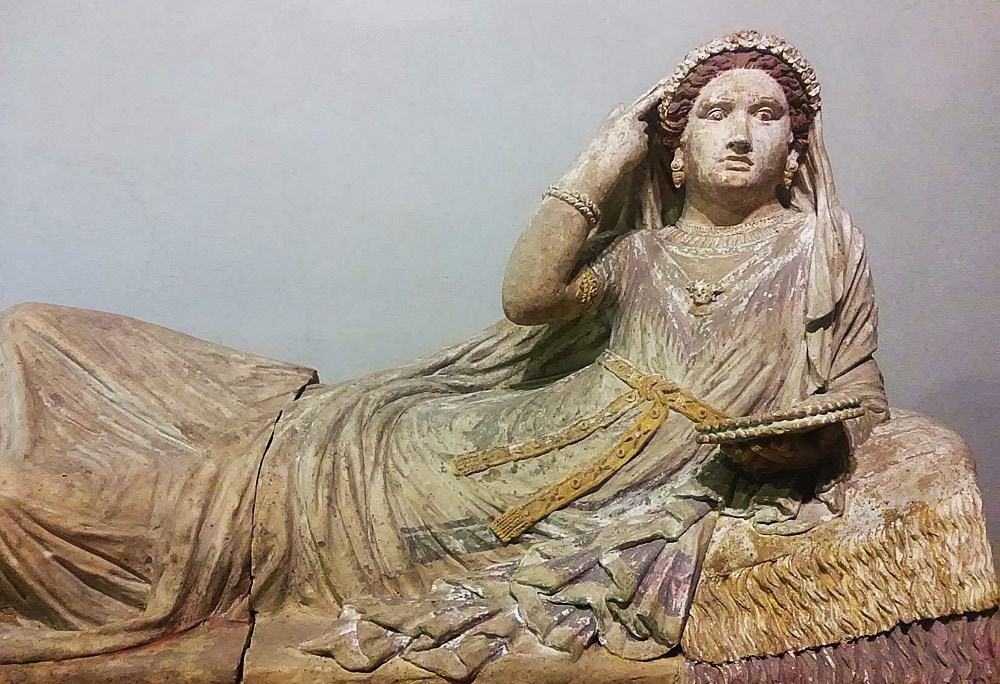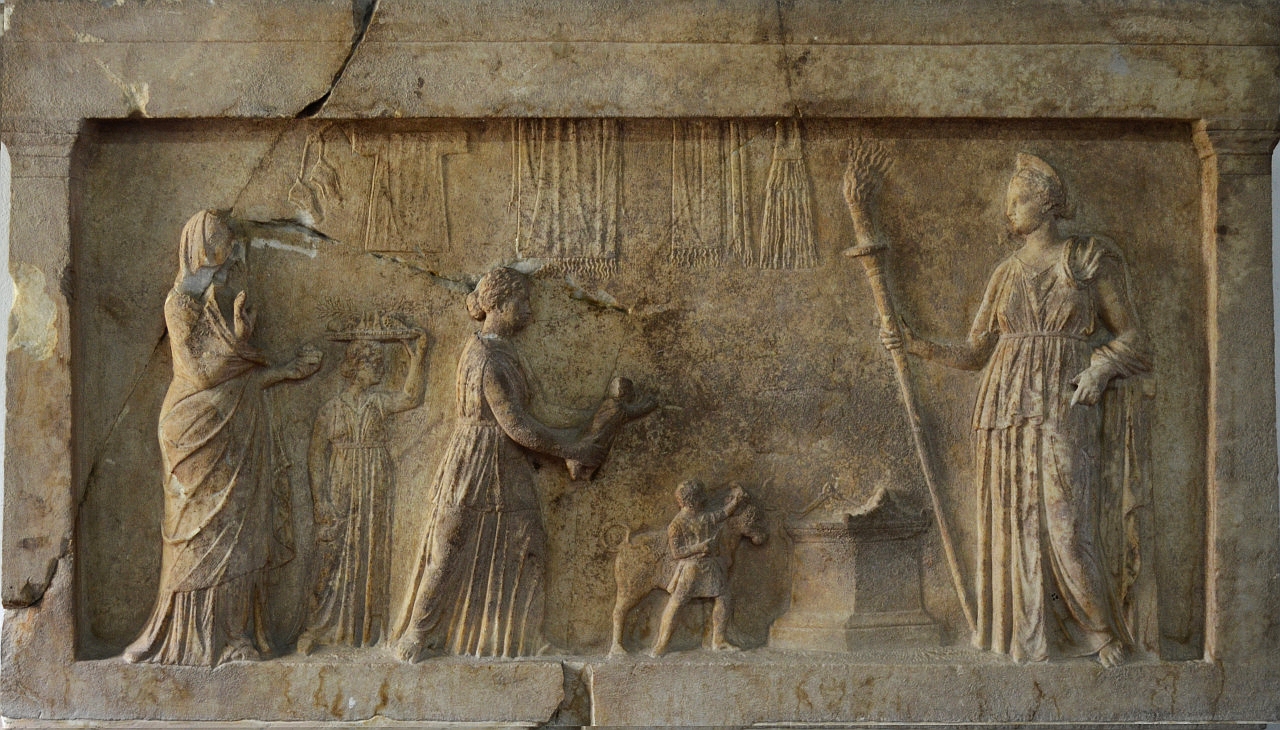“The Use of Color on Roman Marble Sarcophagi“
In: ASMOSIA XI, Interdisciplinary Studies on Ancient Stone, Proceedings of the XI International Conference of ASMOSIA . Split: University of Split, Arts Academy in Split; University of Split, Faculty of Civil Engineering, Architecture and Geodesy, 2018. p. 773-782. https://repozitorij.gradst.unist.hr/islandora/object/gradst%3A1333/datastream/FILE0/view
The Roman painters paid attention to such pictorial effects as the lighting and rendering of minimal details, to achieve a realistic effect. The paper also illuminates some recurring technical and stylistic elements, regardless of the iconographic themes and the historical period. Therefore, the ancient polychrome of Roman marble sarcophagi, where it is still well preserved, appears to be an art of great refinement and technical sophistication, at the same level as the marble carving.
Scientific identification of artist’s paint colors used to decorate Roman marble sarcophagi made in Rome from the first half of the 2nd century to the end of the 4th century:

The range of colors used is quite wide and the pigments identified (Fig. 1) were representative of the ancient painting context of the Mediterranean area (BRINKMANN 2004). In particular, it was possible to recognize natural inorganic pigments, such as yellow and red ochres, hematytem and mercury sulphide (cinnabar); artificial inorganic pigments, such as Egyptian blue, red lead and white lime; organic pigments, such as carbon black and bone black, and, in the end, organic dyes such as red vegetal lake (SIOTTO 2017, 33-45)

so-called ‘polychrome slab’ with Christological scenes from the New Testament (Fig. 2) at the Museo Nazionale Romano – Palazzo Massimo (in. 67606, 67607), which is dated to the end of the 3rd century and the early 4th century, 290-310 AD; A Christ’s tunic detail

Christian Sarcophagus. Palazzo Massimo
Sarcophagus fragment showing healing of paralytics and a scene that appears to be a conflation of banquet/Eucharist and multiplication of loaves. http://www.rome101.com/Christian/Magician/pages/Mass0609_1988WS.htm

Sarcophagus fragment showing Jesus healing and Jesus as seated philosopher
http://www.rome101.com/Christian/Magician/pages/Mass0609_1989WS.htm
_____________________________________________________________

Details of unfinished relief with polychrome traces of the Ulpia Domnina’s sarcophagus (inv. no. 125891) >>
The Ulpia Domnina’s sarcophagus: preliminary report about the use of digital 3D model for the study and reconstruction of the polychromy. E. Siotto
______________________________________________________________
Digital Study and Web-based Documentation of the Colour and Gilding on Ancient Marble Artworks
Eliana Siotto http://vcg.isti.cnr.it/Publications/2015/SPPS15/DH2015%20(Post)%20-%20Digital%20Study%20and%20Web-based%20Documentation%20of%20the%20Colour%20and%20Gilding%20on%20Ancient%20Marble%20Artworks.pdf
______________________________
The Annona sarcophagus http://vcg.isti.cnr.it/roman-sarcophagi/annona-sarcophagus/
